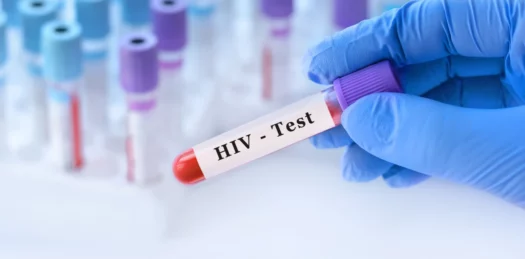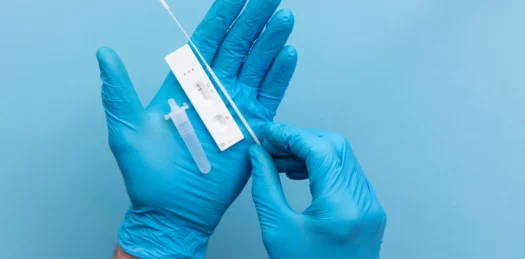From June 2025, new rules apply to clinical trial submissions in Switzerland. Sponsors must follow a fixed document structure (eDok_KLV), plan for dual submissions, and meet short evaluation timelines. This article walks through key procedural changes and their impact on regulatory strategy.
Practical implications: how do new Swissmedic rules affect sponsors?
If you’re planning to submit a clinical trial application in Switzerland from June 2025 onwards, the newly revised Swissmedic guideline (BW101_10_004, version 13.1) will significantly shape your documentation process. The updated version clarifies structure, submission format, administrative sequencing, and timelines — especially for trials involving combination products, radiopharmaceuticals, or novel manufacturing processes.
Mandatory document structure – eDok_KLV format
As of 2 June 2025, all applications must follow the eDok_KLV structure, which includes:
- a fixed folder and file naming system for all documents,
- placement of each file in its respective subfolder, including placeholders for documents not applicable,
- submission of active PDF versions of Swissmedic forms.
If your submission lacks this structure, Swissmedic may reject it during initial formal validation.
Parallel submissions and delegation of responsibilities
The guideline permits parallel submission by different entities (e.g. sponsor and DMF holder), provided that roles and responsibilities are clearly assigned. You must ensure that:
- all parties agree on document ownership and coordination,
- cover letters explain the context of parallel submissions,
- and Swissmedic forms indicate who holds legal accountability.
Special rules for radiopharmaceutical trials
In cases involving radioactive materials:
- applications must be submitted in parallel to Swissmedic and FOPH,
- import licences and radiation safety assessments must be annexed,
- and a 7-day window applies for combined feedback from both authorities.
Failing to coordinate these requirements can delay the formal clock-start.
What are the timelines?
If all documents are compliant:
- Swissmedic confirms formal completeness within 7 calendar days,
- scientific assessment is completed within 30 days,
- first-in-human or high-risk studies may trigger an extension to 60 days,
- and responses to deficiency letters must follow predefined templates.
Note: any significant changes during review pause the timeline until fully addressed.
Summary: what sponsors should do now
You should rebuild your dossier templates to match eDok_KLV structure. Then assign internal responsibilities early, especially for combined drug-device trials. Next prepare for dual authority engagement when radioactive components are involved. In the end familiarise yourself with Swissmedic’s revised terminology and file expectations.
This update reflects a broader trend in Switzerland to align regulatory processes with EU expectations while maintaining domestic clarity and independence. For multinational sponsors, early preparation will be essential to avoid unnecessary delays and ensure efficient approvals.









